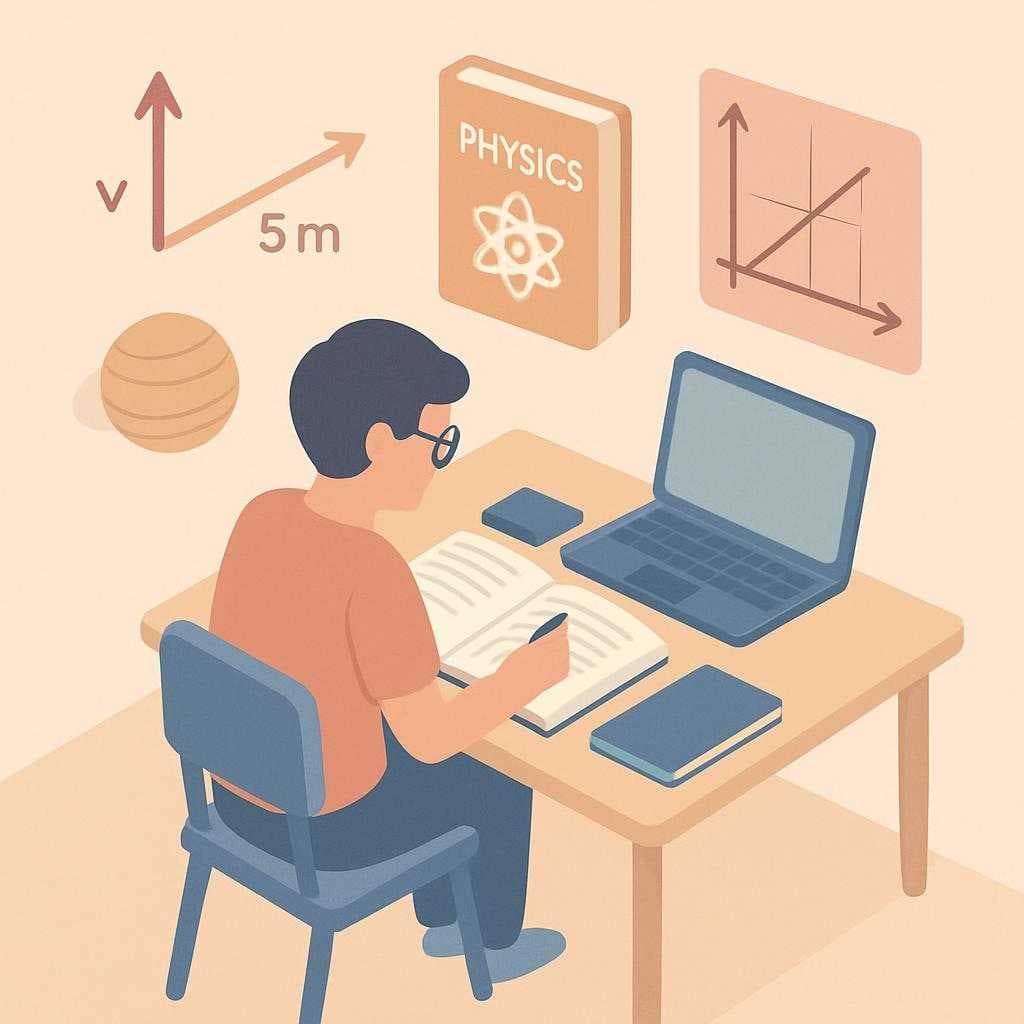Mastering GCSE Physics: Understanding Scalars and Vectors for Exam Success
As you gear up for your GCSE Physics exams, understanding scalars and vectors is crucial. These fundamental concepts are frequently tested, so mastering them can significantly boost your performance. Whether you're studying with AQA, Edexcel, or OCR, this guide will help you differentiate between scalars and vectors, ensuring you're well-prepared for exam questions.
What Are Scalars and Vectors?
In the realm of physics, quantities are categorized into scalars and vectors. Scalars are quantities that are described by magnitude alone. Common examples include temperature, mass, and time. These are often straightforward and involve simple calculations.
Vectors, on the other hand, have both magnitude and direction. This makes them slightly more complex, requiring a deeper understanding. Examples of vector quantities include force, velocity, and displacement. In exams, you might be asked to represent vectors graphically using arrows or to perform vector addition.
Why Scalars and Vectors Matter in GCSE Exams
Understanding scalars and vectors is essential for solving a range of physics problems. Many questions, particularly in topics like forces and motion, require you to apply vector principles. For instance, when calculating resultant forces or analyzing motion in two dimensions, distinguishing between scalar and vector quantities becomes crucial.
Tips for Mastering Scalars and Vectors
-
Grasp the Basics: Make sure you can confidently define scalar and vector quantities. Knowing examples of each can help you quickly identify them in exam questions.
-
Practice Vector Addition: Get comfortable with techniques like the head-to-tail method and parallelogram rule for adding vectors. These methods are commonly tested and can help you visualize vector problems.
-
Use Diagrams: Drawing diagrams can aid in understanding vector problems. Represent vectors as arrows, with length proportional to magnitude and direction indicated by the arrowhead.
-
Understand Vector Components: Breaking down vectors into components can simplify complex problems. Practice resolving vectors into horizontal and vertical components, a skill frequently tested in exams.
-
Revise with Past Papers: Familiarize yourself with the type of scalar and vector questions asked by your exam board. AQA, Edexcel, and OCR may have different styles, so reviewing past papers is invaluable.
Conclusion
Mastering scalars and vectors is a vital step towards GCSE Physics success. These concepts form the foundation of many physics topics, and a solid understanding will serve you well in both exams and further studies. By honing your skills through practice and revision, you'll be well-equipped to tackle any scalar and vector questions that come your way. Good luck!
